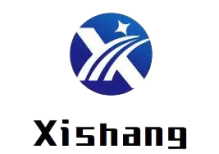17-4PH (SUS630) Precipitation-Hardening Stainless Steel Bars
17-4PH (SUS630) is a martensitic precipitation-hardening stainless steel known for its exceptional combination of high strength, corrosion resistance, and ease of heat treatment. Key features include:
- High Strength:Achieves up to 1400 MPa tensile strength after heat treatment.
- Corrosion Resistance:Superior to conventional martensitic steels due to Cr (16-18%) and Cu (3-4%) content.
- Machinability:Excellent for precision components.
- Heat Treatability:Simple aging process (e.g., H900, H1150) to tailor mechanical properties.
Chemical Composition (wt%)
Element | Content (%) | Role |
C | ≤0.07 | Controls hardness and weldability |
Si | ≤1.00 | Enhances strength and oxidation resistance |
Mn | ≤1.00 | Improves hardenability |
P | ≤0.040 | Harmful impurity (reduces toughness) |
S | ≤0.030 | Harmful impurity (causes hot brittleness) |
Cr | 15.0–17.5 | Provides corrosion resistance |
Ni | 3.0–5.0 | Stabilizes austenite and improves toughness |
Cu | 3.0–5.0 | Forms ε-Cu precipitates for hardening |
Nb | 0.15–0.45 | Refines grain structure |
Parameter | Value |
Size Range | Ø5–300 mm (round bars) |
Hardness | HRC 28–45 (depends on aging) |
Density | 7.78 g/cm³ |
Yield Strength | 1180 MPa (H900) |
Tensile Strength | 1310 MPa (H900) |
Elongation | 8–16% (varies with aging) |
I. Performance Characteristics
High Strength: After aging treatment, the tensile strength reaches 1100-1400 MPa, the yield strength reaches 965-1200 MPa, and the hardness ranges from HRC 35-45.
Corrosion Resistance: Resists chloride stress corrosion, acidic environments, and seawater corrosion, with performance comparable to 304 stainless steel.
Low-Temperature Toughness: Maintains good toughness even at low temperatures, making it suitable for extreme environments.
Fatigue Resistance: Excellent fatigue resistance, suitable for dynamic loads.
Machinability: Solution treatment can be used to adjust the properties, facilitating subsequent machining.
II. Applications
Aerospace: Manufactures wing bolts, landing gear components, engine turbine blades, etc.
Energy Industry: Used in valves, pump shafts, and drilling equipment components in oil and gas production.
Chemical Equipment: Used as reactor agitator shafts, pipe flanges, and corrosion-resistant pump casings.
Medical Devices: Suitable for surgical instruments, dental tools, and implants.
Other fields: including papermaking machinery (wear-resistant gears), nuclear power equipment (reactor control rods), etc.
Surface Treatment
- Polished:Bright finish for aesthetic/corrosion resistance.
- Pickled & Passivated:Removes oxides and enhances Cr-rich passive layer.
- Black Oxide:For wear resistance and anti-galling.
Why Choose Us ?
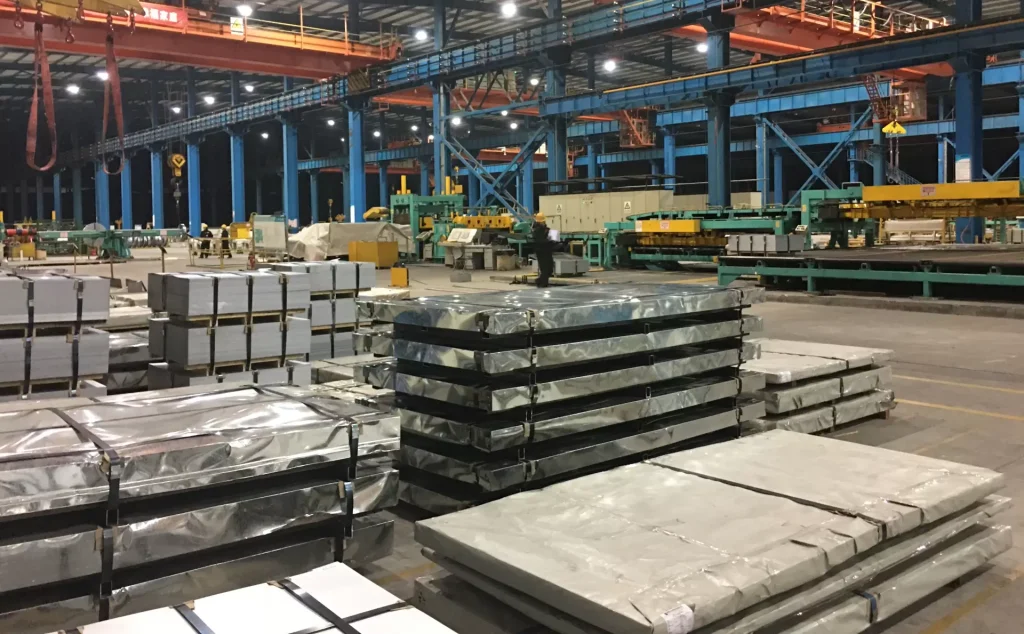
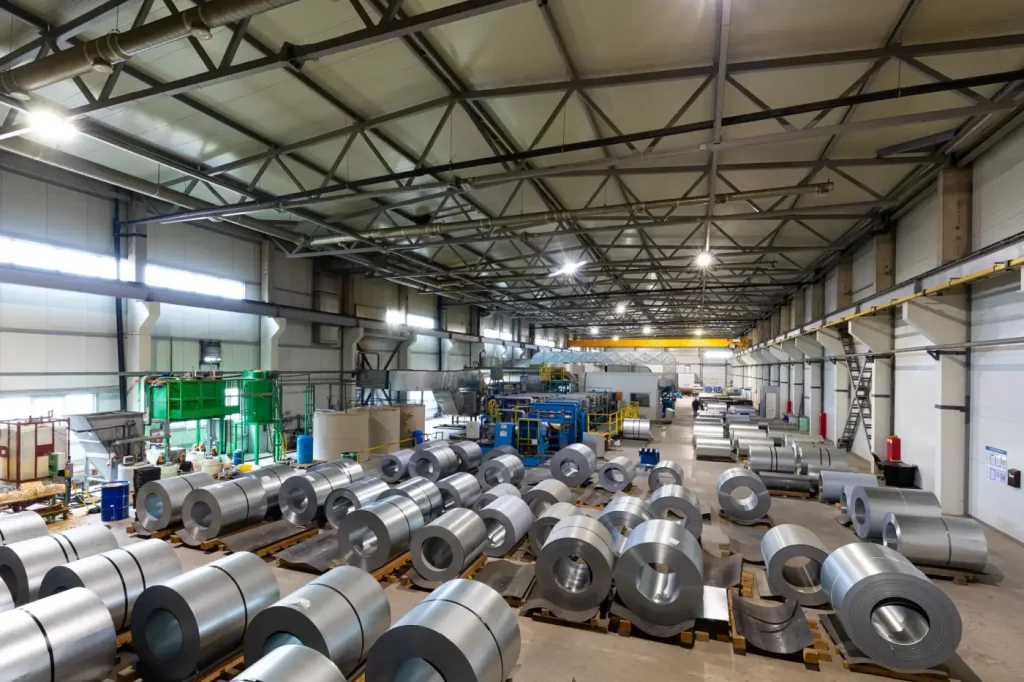
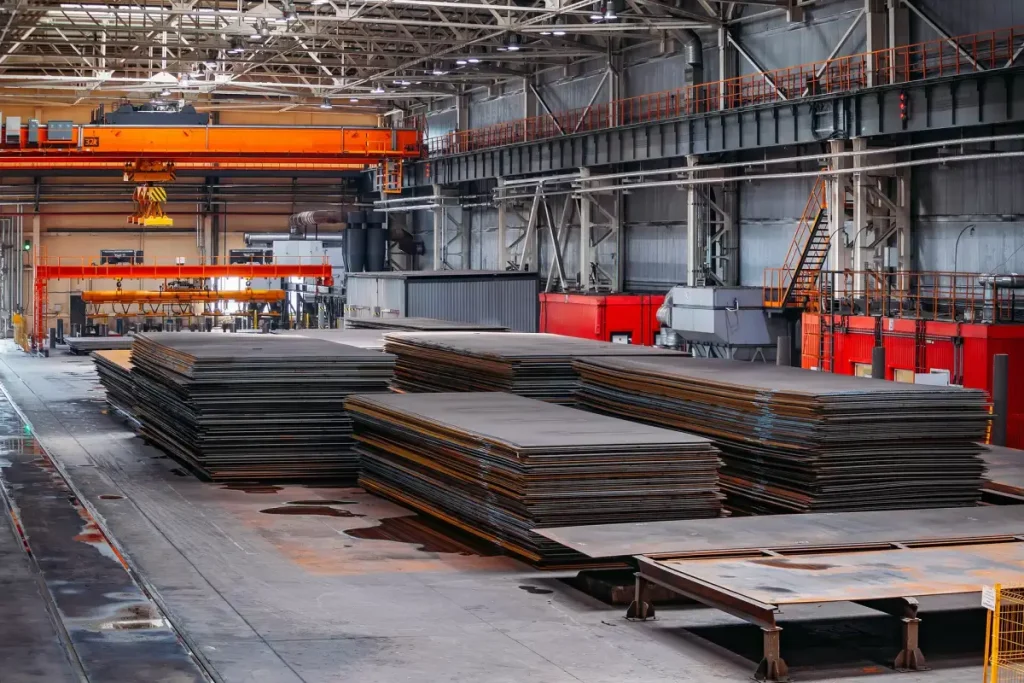
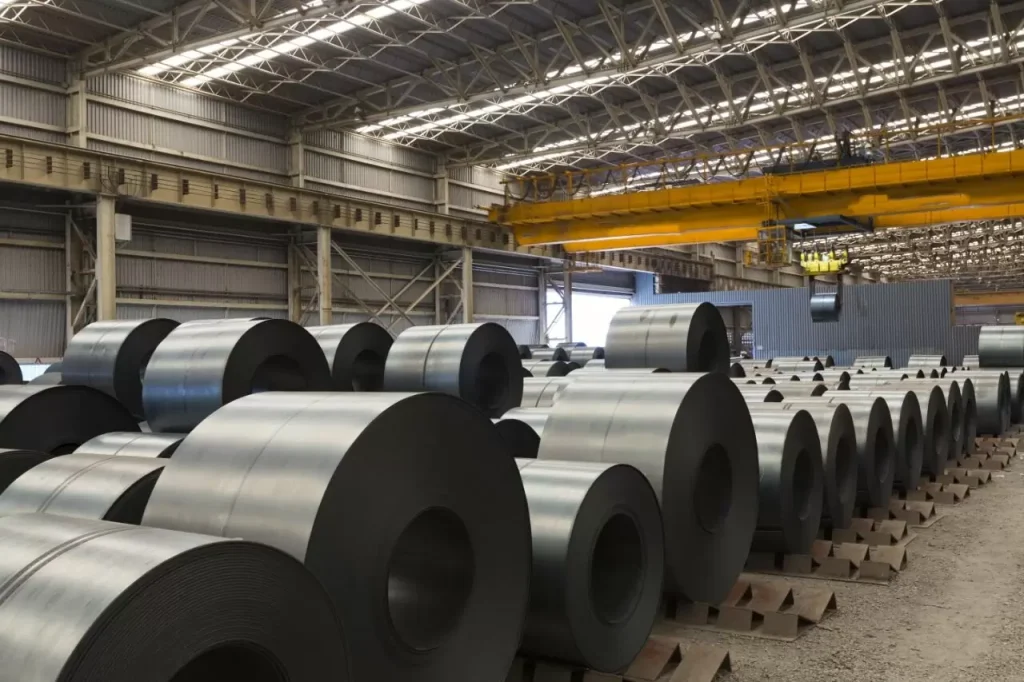
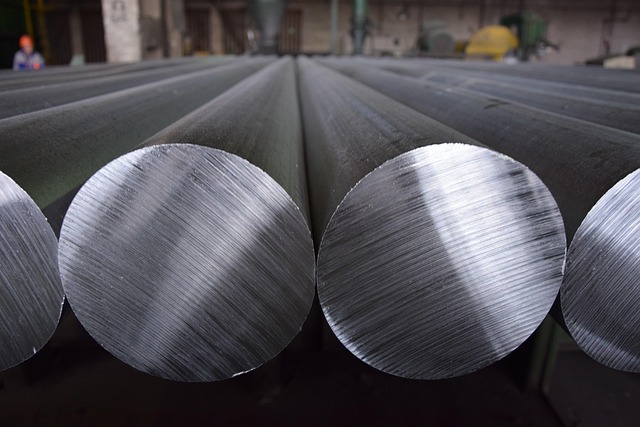
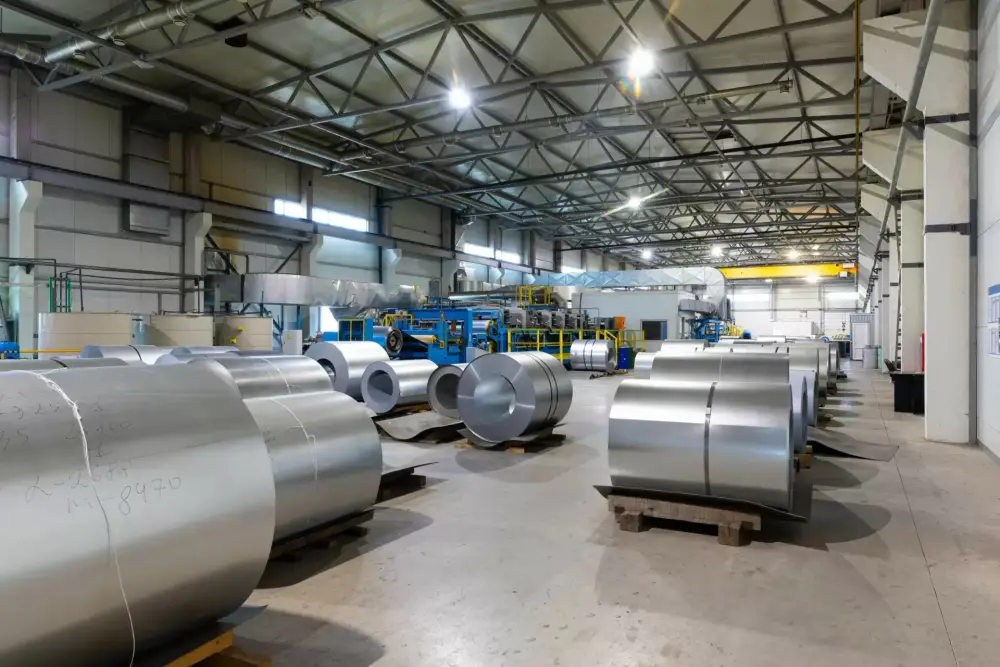
- Certified:ASTM A564, AMS 5643, EN 10088-2 compliant.
- Custom Sizes:Precision-cut to customer specification.
- Quality Control:100% ultrasonic testing for internal defect.
Applications & Industries
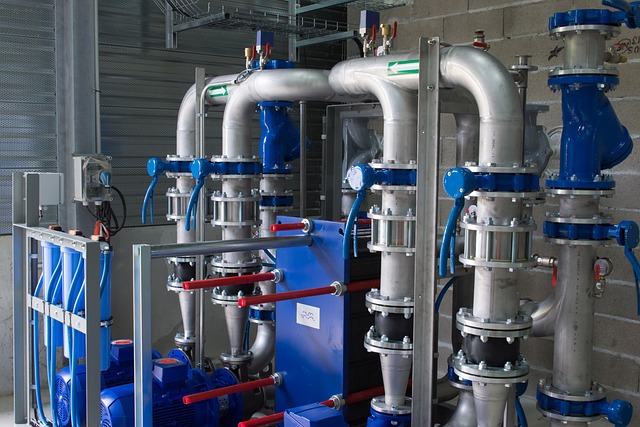
Aerospace:
High-power density actuators.
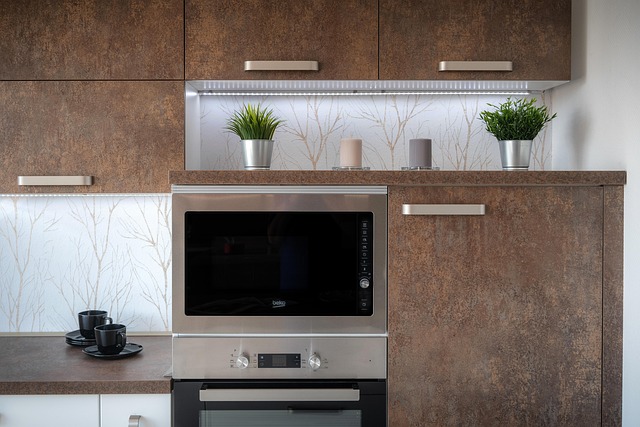
Electronics:
Precision sensors & MEMS components.
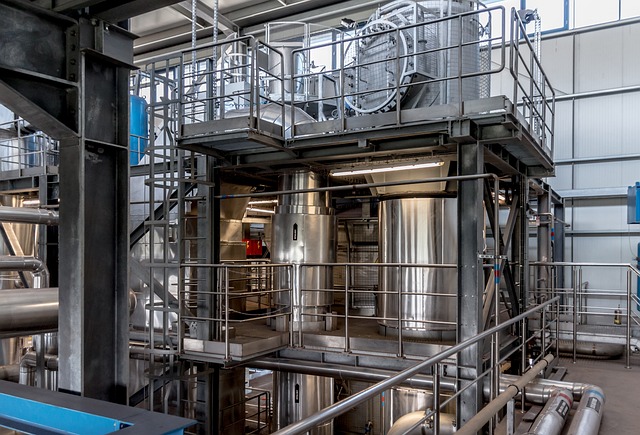
Energy:
Magnetic coupling devices for turbines.
Frequently Asked Questions
Q1: Can 17-4PH be welded?
A: Yes, but post-weld aging is required to restore properties.
Q2: What’s the maximum service temperature?
A: 400°C (long-term); higher temps risk embrittlement.
Q3: How does H900 differ from H1150?
A: H900 offers higher strength (HRC 40), while H1150 prioritizes toughness (HRC 28)
Q4: How to prevent forging cracks?
A: Control heating temperature below 1080°C (1976°F) to avoid Cu-rich phase segregation.
Q5: Applications in corrosive environments?
A: Avoid stagnant seawater due to pitting risk. For chloride exposure, use H1150 temper (590°C aging).
Ready to source alloy steel from a trusted Chinese manufacturer?
Let us support your project with reliable quality, fast delivery, and expert service.
Get a quote today — we usually respond within 12 hours.
